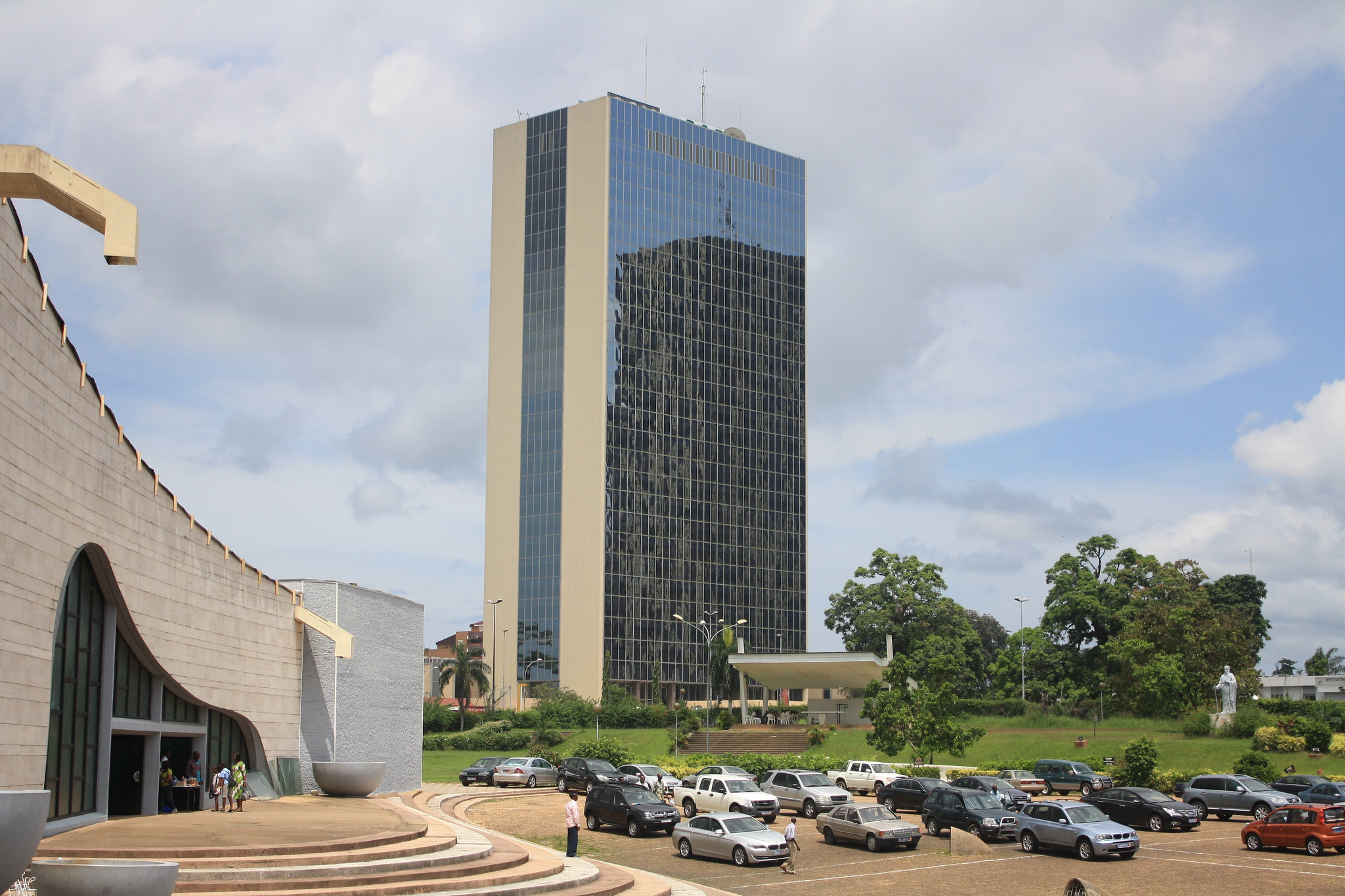Pensioners hold US$1,3bn assets
The latest pensions report by the Insurance and Pensions Commission (IPEC) for the fourth quarter to end of December 2020 reveals that Zimbabwean pensioners only have $110,24 billion in pension assets, excluding what is held by the country’s statutory social protection provider National Social Security Authority.
In US dollar terms, the pension assets are worth just US$1,3 billion using the official exchange rate. Investment properties and quoted equities account for 81,15 percent of the industry’s assets. A total 46,83 percent is in investment properties while quoted equities account for 34 percent.
With only 881 330 Zimbabweans being members of the pension funds, each member has an average US$1 475 worth of assets available as a pay-out, assuming all funds are dissolved today.
It also means there isn’t much to distribute to pensioners if the pension funds’ asset base does not significantly grow in future.
More worryingly is that the industry’s total liabilities amounted to $74 billion vis-à-vis total assets of $210 billion for the period under review, indicating net assets of just $36 billion.
If the pension funds are to be dissolved today, each member could get just as little as US$486.
But what could be the reason for such low numbers?
As the figures show, less than 5 percent of the 16 million Zimbabweans are members of a pension fund other than the mandatory NSSA.
The industry’s asset base of $110,24 billion translates to a pension penetration rate of 10,3 percent, expressed as a percentage of the GDP.
There are several factors why this could be so one of which is the fact that some employers and employees are failing to keep up with their pension premiums.
Contribution arrears increased to $1,68 billion from $0,56 billion as at December 31, 2019.
According to IPEC, the continued accumulation of contribution arrears impacts negatively on the adequacy, sustainability, and security of pension schemes. Sponsoring employers are urged to make good their arrears to reduce further loss of value by fund members, IPEC said.
The third reason why the asset base is low could be the fact that the bulk of the contributions and income generated is going towards administrative expenses among other costs of running pension funds.
For the period under review, expenses to contributions ratio was 32,91 percent for the year ended December 31, 2020 compared to 30,66 percent in 2019.
According to IPEC, high expenses remain a cause for concern as this has the impact of reducing benefits payable to members.
“It, however, should be noted that the increase in the expense ratios have been exacerbated by the Covid-19 pandemic. Going forward, the Commission will be implementing regulatory measures to curtail the expenses,” IPEC promised.
The lower asset base could also be a result of the country’s subdued economic performance. Both investment income and rental income are linked to economic performance.
If the economy is not performing these two income streams will also be affected.
The period under review however, saw investment income increasing to $71,5 billion from $20 billion in the comparative prior.
The income for the period under review was mainly driven by fair value gains and interest from investments amounting to $56,42 billion.
The fair value gains were mainly due to the revaluation of investment properties and adjustment in prices of listed equities. The 255 percent investment income growth is however, below inflation which closed the year at 348 percent, signalling an under-performance of the pension funds.
Given the factors above, the relevance of pension as a cushion for retirement income has become questionable. In most cases the pension benefits fall short of the reasonable expectations of the pensioners.
Questions have also been raised on whether pension schemes are being administered for the benefit of pension fund members or employees of the fund.
According to IPEC, the Zimbabwean pensions industry is characterised by high expense ratios, with the expenses to total realised income at 5,70 percent.
This means most Zimbabweans will not be financially independent when they retire, in other words, the country risk old age poverty.
Such a scenario would require the Government of the day to provide safety nets for citizens of the country in their old age. — www.ebusinessweekly.co.zw.











